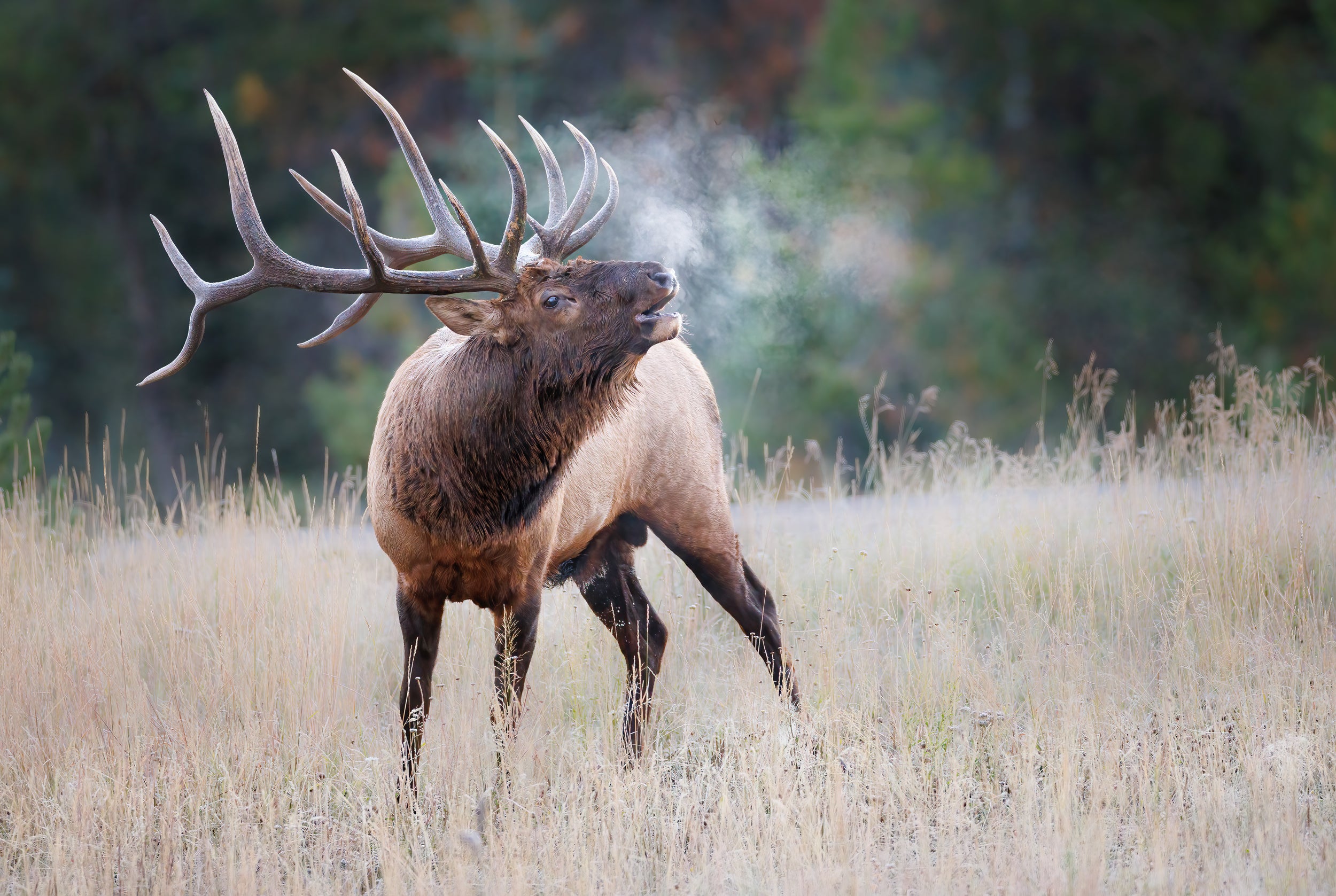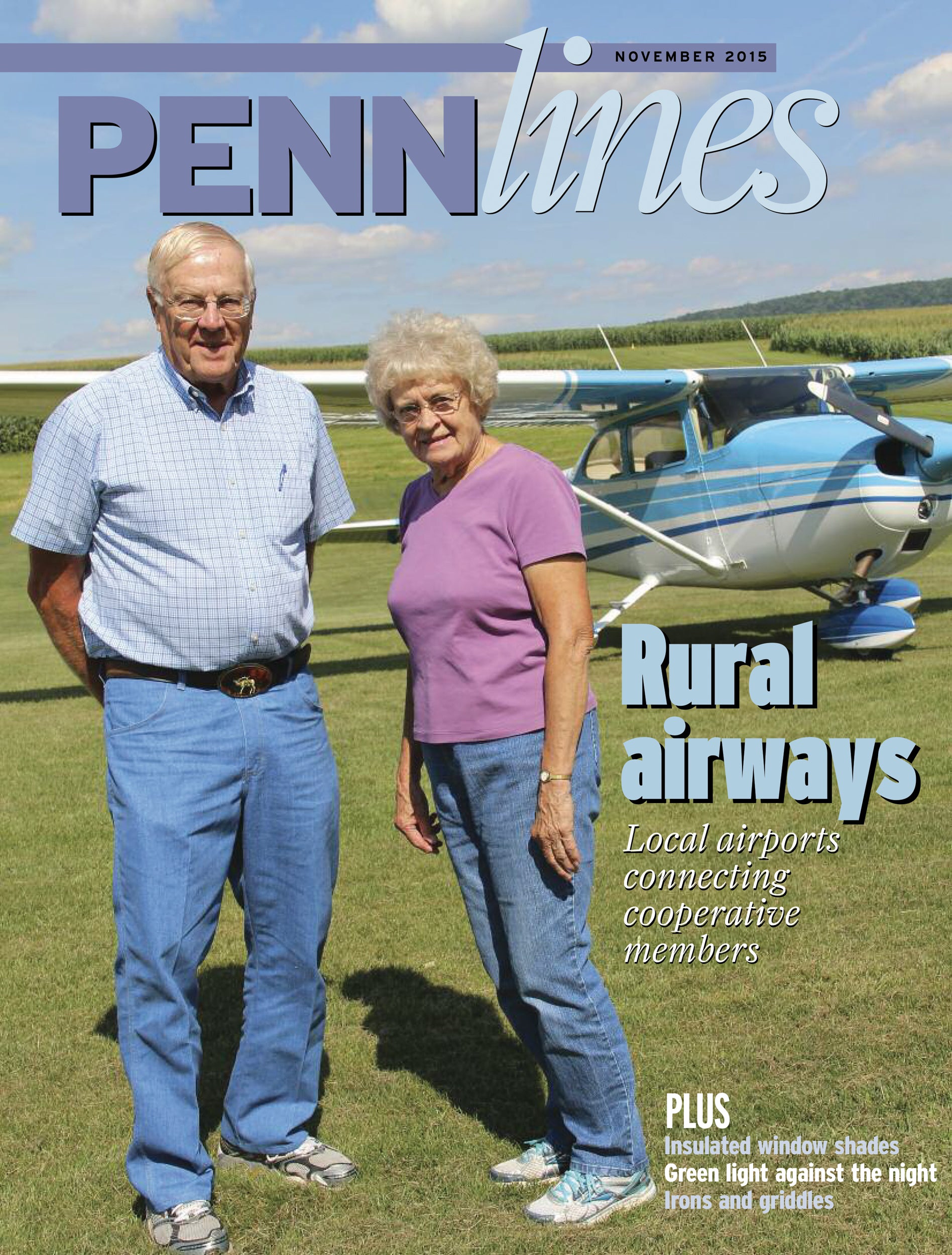News • Ideas • Events
EDITOR’S DESK
The Heart of Penn Lines
One of my favorite nights of the year is when we shine a spotlight on local cooperative communicators. The PREA (Pennsylvania Rural Electric Association) Communications Awards program recognizes the writers, editors and photographers who cover your local co-op community in the center pages of Penn Lines. They represent the heart of the magazine, and it shows.
Among the entries, this year’s winning work highlighted cooperative lineworkers not only responding to storms at home but also helping communities in the South recover from the devastating impacts of Hurricane Helene. This excellent reporting gave color and insight to the events affecting cooperative members, putting a human face on the news and keeping communities connected.
Whether it’s co-op employees serving their communities or members engaged in local activities, the stories provide a glimpse of rural life that’s often lacking in today’s news coverage. As local newspapers have shuttered across America over the past two decades, rural communities have felt the loss most acutely.
According to Northwestern University’s Medill Local News Initiative (Medill), more than 3,200 local newspapers have vanished since 2005. This represents a nearly 40% loss of all print newspapers, leaving 50 million Americans with limited or no access to a reliable source of local news.
Medill’s 2025 report finds that 213 counties in the U.S. have no news outlets, while more than 1,500 counties, including 16 in Pennsylvania, have only one news outlet. These “news deserts” leave residents disconnected from important information about their towns, counties, and neighbors — the fabric that commonly binds communities together.
In many rural areas, electric cooperative magazines like Penn Lines help fill this gap, and local co-op communicators are critical in this process. They are the boots on the ground, helping to feature local businesses, regional history, and the people and places that define the way of life in these areas. In doing so, they provide something invaluable: a consistent, trusted voice telling rural stories when increasingly fewer people are doing so.
It’s an honor to recognize the individuals who put those center pages together. It’s the heart of the magazine, brought to you by communicators who put their heart into their work. Congratulations, all.
PETER A. FITZGERALD
EXECUTIVE EDITOR

CALLING ALL ELK
Elk habitat, new viewing area added to Park Dam State Park
An additional 250 acres of elk habitat have been added near Parker Dam State Park in the Moshannon State Forest, Clearfield County, and a new viewing area is on its way, too. The projects are a partnership between the Pennsylvania Game Commission, the state Department of Conservation and Natural Resources, and Turkeys for Tomorrow.
Hit by a tornado in 1985, the area had little wildlife value before the project began two years ago. While deer and turkey have already returned to the area, elk are expected to move in soon alongside the other wildlife.
The project includes grassy areas with wildflowers and open areas with islands of trees that will provide a habitat for the elk along with birds, insects and other animals. In addition, a small elk-viewing area, expected to be completed by late 2027, will border the state forest road. For more information, visit facebook.com/PAGameComm.NCR.

A NEW VIEW: After two years of work, 250 acres of elk habitat have been added near Parker Dam State Park in the Moshannon State Forest. A new, small elk-viewing area will also be completed on the land by late 2027.
'GROWING A NATION'
Theme for 2026 Farm Show a nod to nation’s anniversary
In celebration of the nation’s 250th anniversary next year and Pennsylvania’s pivotal role in the birth of America, the 2026 Pennsylvania Farm Show theme will be “Growing a Nation.”
“America was born in Pennsylvania, with its identity deeply rooted in agriculture,” state Secretary of Agriculture Russell Redding said while making the announcement. “Two hundred and fifty years later, Pennsylvania agriculture is still leading our nation, supplying the economic power, ingenuity and innovation that is growing our future.”
Every year, the Farm Show brings half a million visitors to Harrisburg for eight days of competition and family fun with an educational twist. The 2026 event will run from Saturday, Jan. 10, through Saturday, Jan. 17, at the Pennsylvania Farm Show Complex and Expo Center in Harrisburg.
AWARDS AND RECOGNITION
Penn Lines earns four 'Willies'
Penn Lines recently received four awards for writing at the 2025 Willies Awards, hosted by the National Electric Cooperatives Statewide Editors Association (SEA) in Arlington, Va. Penn Lines won a first-place honor for “Power in Numbers: Pa. Lineworkers Bring Hope, Find Kindness After Hurricane Helene” in the category of “Best Feature Demonstrating or Exemplifying the Co-op Spirit.” The article, published in March 2025, shared the stories of local lineworkers who traveled to the South to help fellow co-ops recover after the devastating storm.
The magazine also received two Awards of Excellence. The first was in the “Best Column” category for “Community is a Team Sport,” an Editor’s Desk column that appeared in June 2024. The column underscored the importance of community in the cooperative world. The second Award of Excellence was earned in the “Best Historical Feature” category for “Ghosts Among Us: The Eerie Allure of Abandoned Towns.” Published in October 2024, the article highlighted once-vibrant places that are only memories today.
In the “Best Editorial” category, the magazine won an Award of Merit for “Stronger Together,” a First Word column published in November 2024. The column also focused on the aftermath of Hurricane Helene and the kind, giving spirit of co-op employees and members — even in the face of adversity.
The Willies Awards — named for Willie Wiredhand, the rural electric cooperative mascot — were presented during the SEA Summer Business Meeting in August at the National Rural Electric Cooperative Association’s headquarters in Arlington.
TIMELINES
A decade ago, Penn Lines turned the spotlight on rural aviation facilities and the cooperative members behind them. They included Bedford County’s Ed Sell, who built an airstrip on his own land. Also featured were DuBois Regional Airport and Pittsfield’s Brokenstraw Airport. If nothing else, the article proved that spending time in the clouds doesn’t have to be limited to TSA lines and gigantic airline facilities.

Also in this issue


